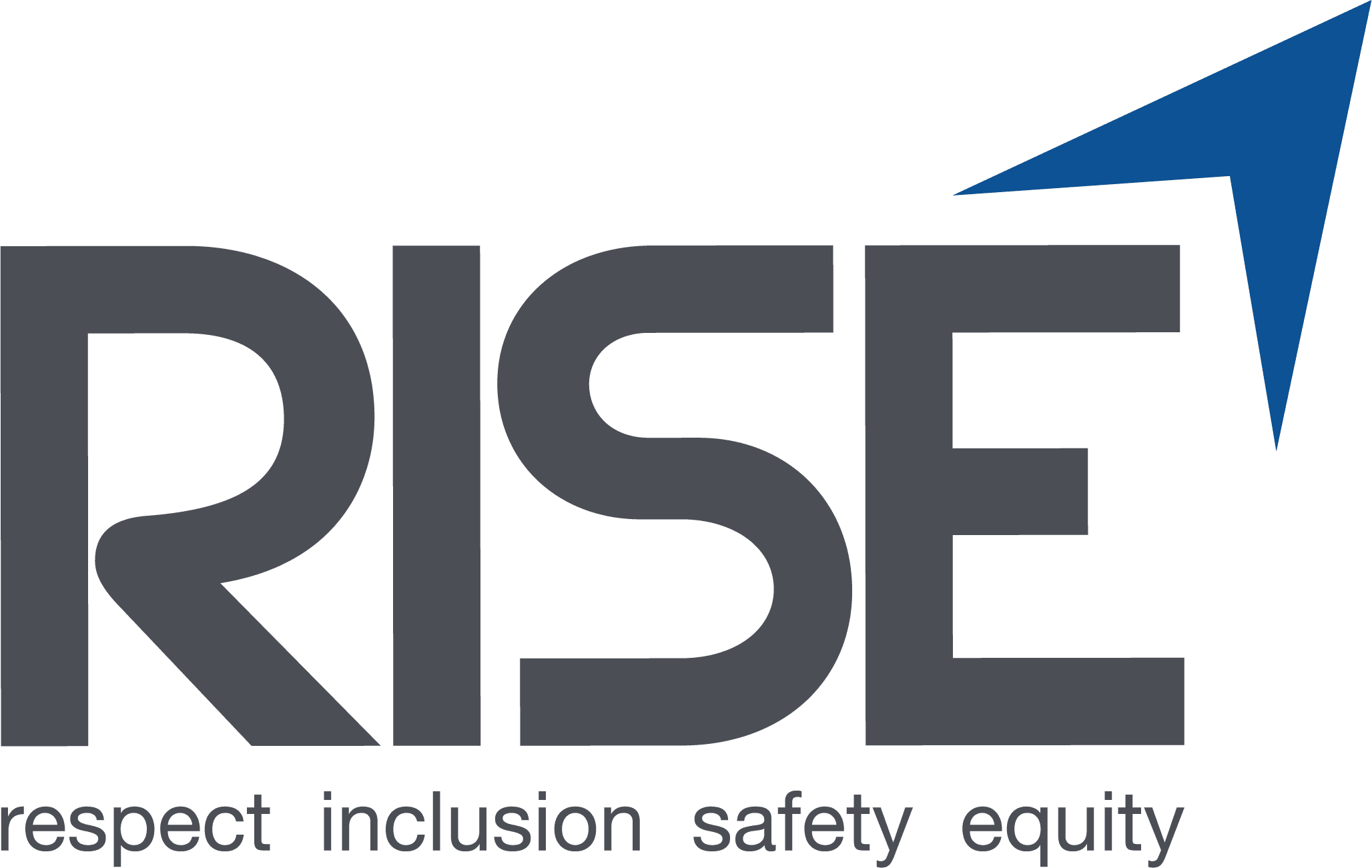And How DEI Can Help Improve Worker Safety

One in ten construction workers are injured every year.
It’s no secret that construction is a dangerous job, but you probably don’t know how dangerous it is. While construction workers only make up 6% of the US labor force, they account for roughly 20% of worker deaths.
However, physical injuries aren’t the only construction safety issues workers face. The construction industry has the second highest suicide rate, which points to the need for mental health support and employee wellness programs.
While DEI training can’t solve all issues on a construction site, it can improve some of the statistics we’re about to discuss. In this post, we’ll show you how.
Construction Safety Statistics
It’s no secret that construction is a dangerous job. However, some of these stats really put things into perspective:
- Over a 45-year career, a construction worker has a 1-in-200 chance of being fatally injured on the job. During that same time span, construction workers have a 75% likelihood of “experiencing a disabling injury.”
- The construction industry ranks second in the US for fatal injuries in workers under 18.
- 60% of work site injuries occur during a construction worker’s first year of employment.
- Construction workers account for 15% of reported lead poisoning in the United States.
- Recent data suggests falls account for roughly 39% of construction-related deaths.
- According to the CDC, almost 50% of all deaths on construction sites occur in companies with ten or fewer employees, or among self-employed construction workers.
- Generally speaking, the average cost of a fatal or nonfatal injury in construction is $27,000.
- Fatal and nonfatal injuries in the construction industry cost $13 billion each year.
- 15% of all workers’ compensation costs were allocated to workers injured at a construction site.
- The indirect costs of a construction-related fatality can be up to 17x higher than the direct costs.
How DEI Training Can Help
There are dozens of ways DEI training can make your work site safer. Here are three to consider:
Inclusion is Linked to Improved Safety Measures
There are multiple reasons why 60% of work site-related injuries occur during a construction worker’s first year of employment. Main reasons include being new in general, a lack of training under a mentor, and feeling like an “outsider.”
People who feel excluded on work sites, whether because of race, ethnicity, gender, sexual orientation, age, etc., are more likely to have accidents. This is because they’re experiencing increased emotional and psychological stress of not being included.
By creating a more inclusive workplace, you can reduce your company’s contribution to the $13 billion in injuries that occur in the industry each year.
Exclusion Results in More Injuries and a Loss of Revenue
In diversity in construction, we connected the dots between exclusion and lack of productivity. It only makes sense that a lack of productivity also leads to more frequent injuries and revenue loss.
Even if you have a diverse team, if they don’t feel comfortable speaking up, it could inhibit their productivity. You could also miss out on a few great ideas.
Employees who feel excluded are also more likely to be distracted and disengaged, because their focus isn’t just on the task at hand. As a result, they are more likely to accidentally overlook safety measures, putting them at increased risk of injury.
Diversity and Inclusion Leads to Innovation
A Deloitte study found that a team’s ability to innovate increases by 83% when their company is committed to diversity and inclusion.
Innovation doesn’t stem from thinking and doing the same things over and over again. It comes from being open to new ideas, and hearing the opinions of those who have a different perspective based on their unique life experience.
By fostering a culture of inclusivity, you’re likely to find yourself at a distinct advantage compared to construction companies that don’t—and some of these innovations can involve improved safety measures or developing strategies that minimize risk.
To learn more, send us a message!
